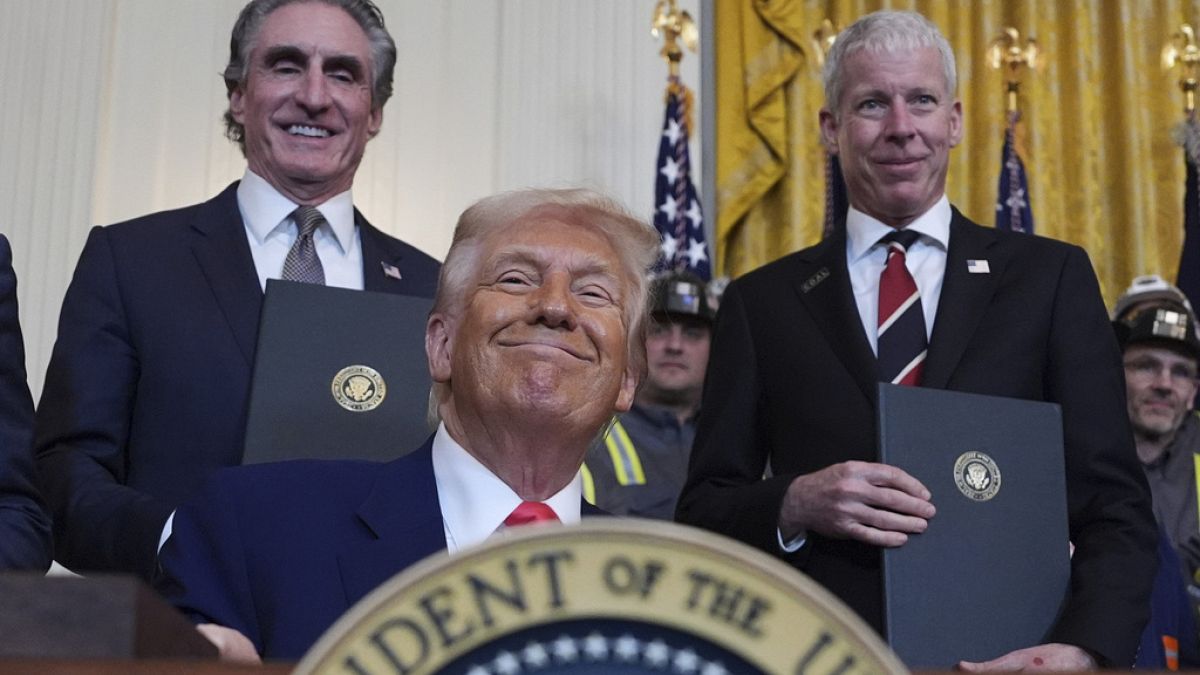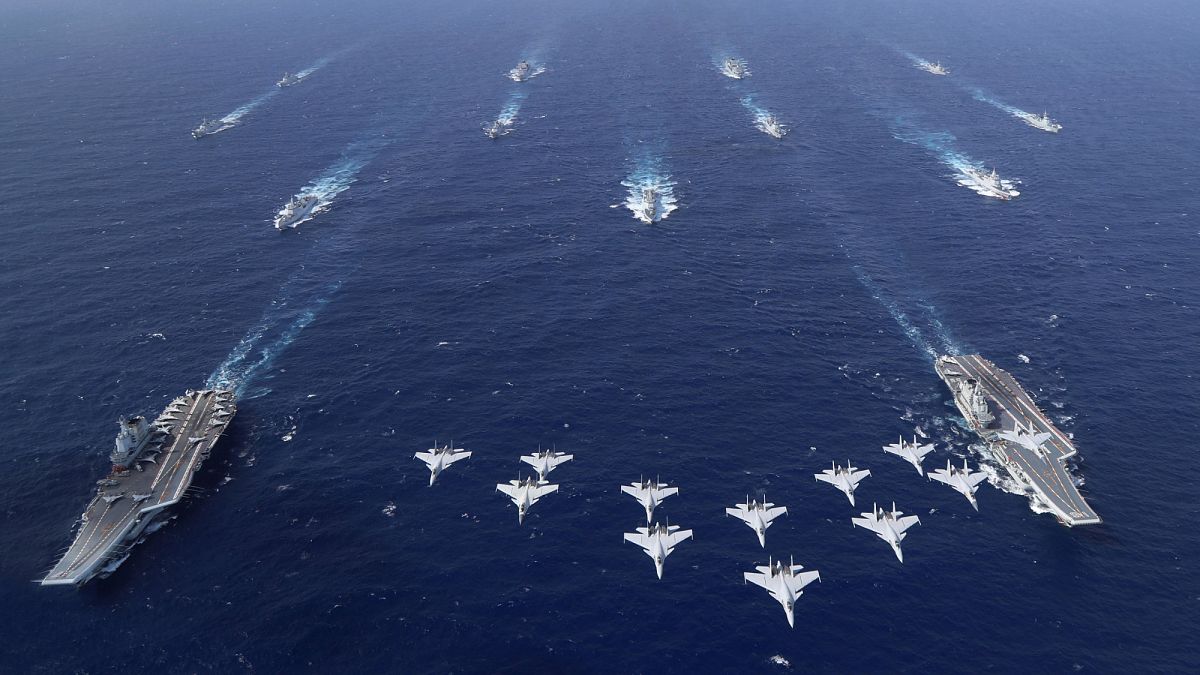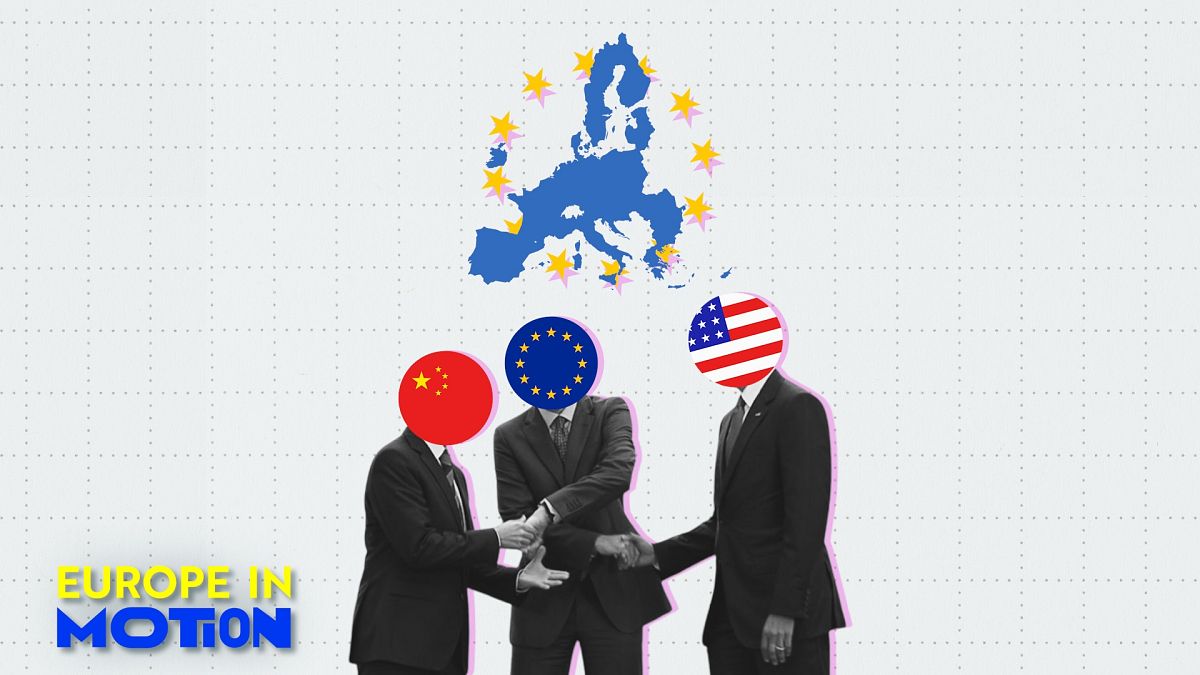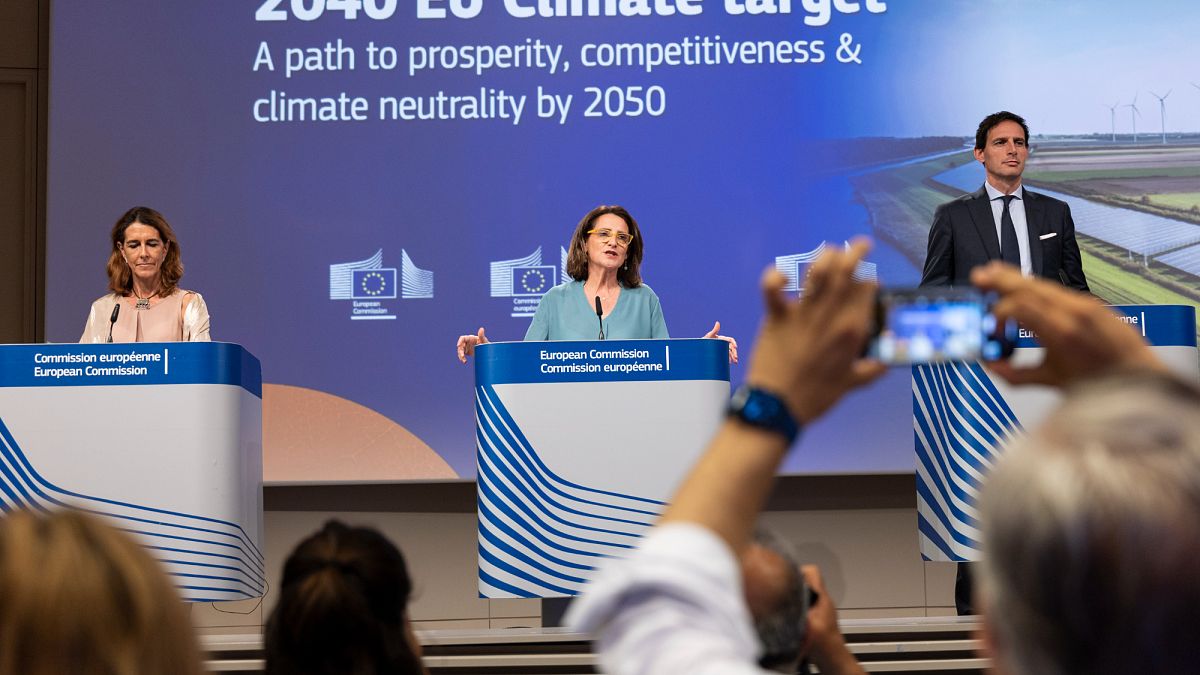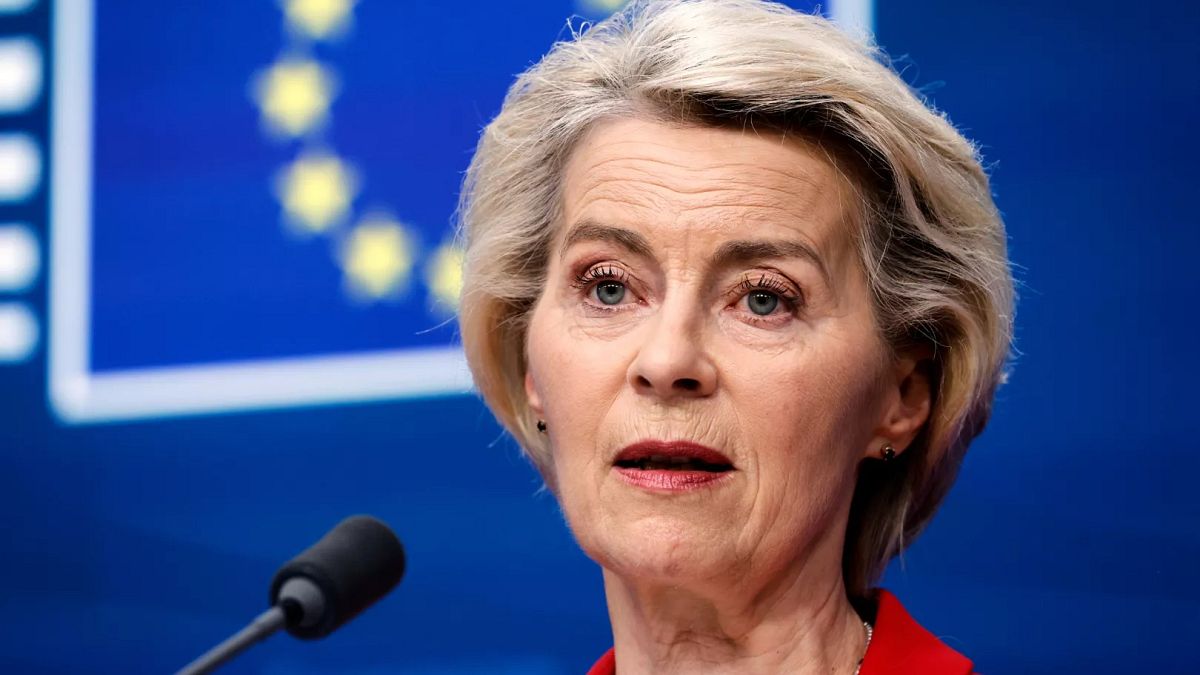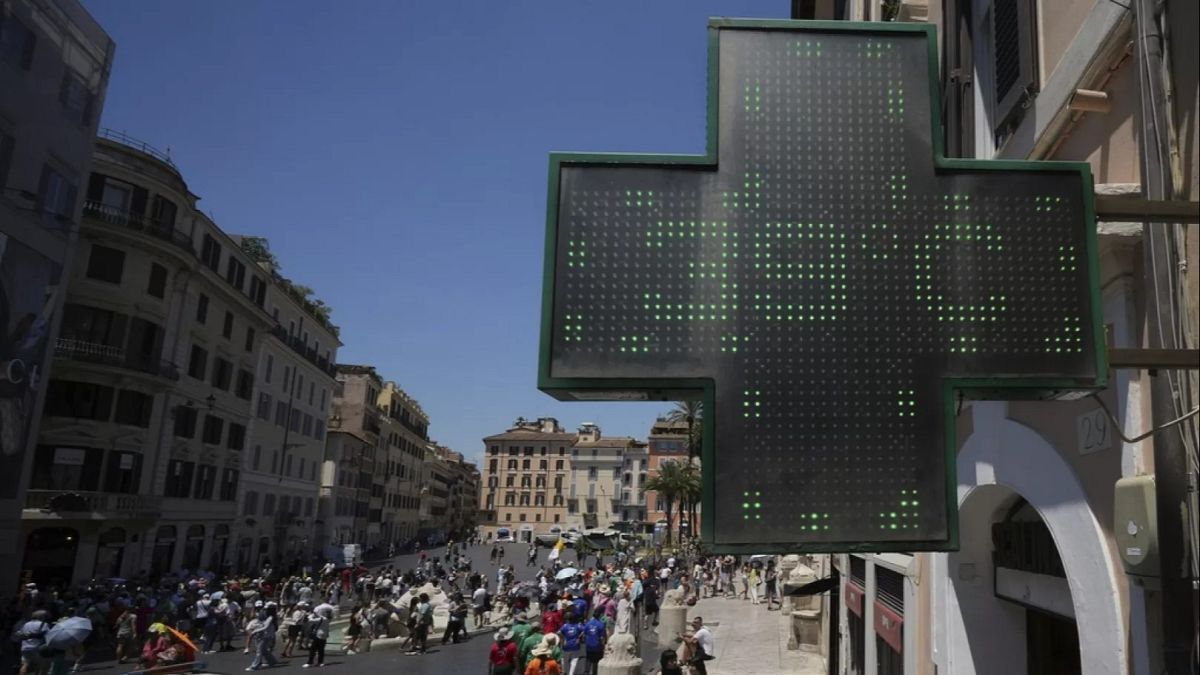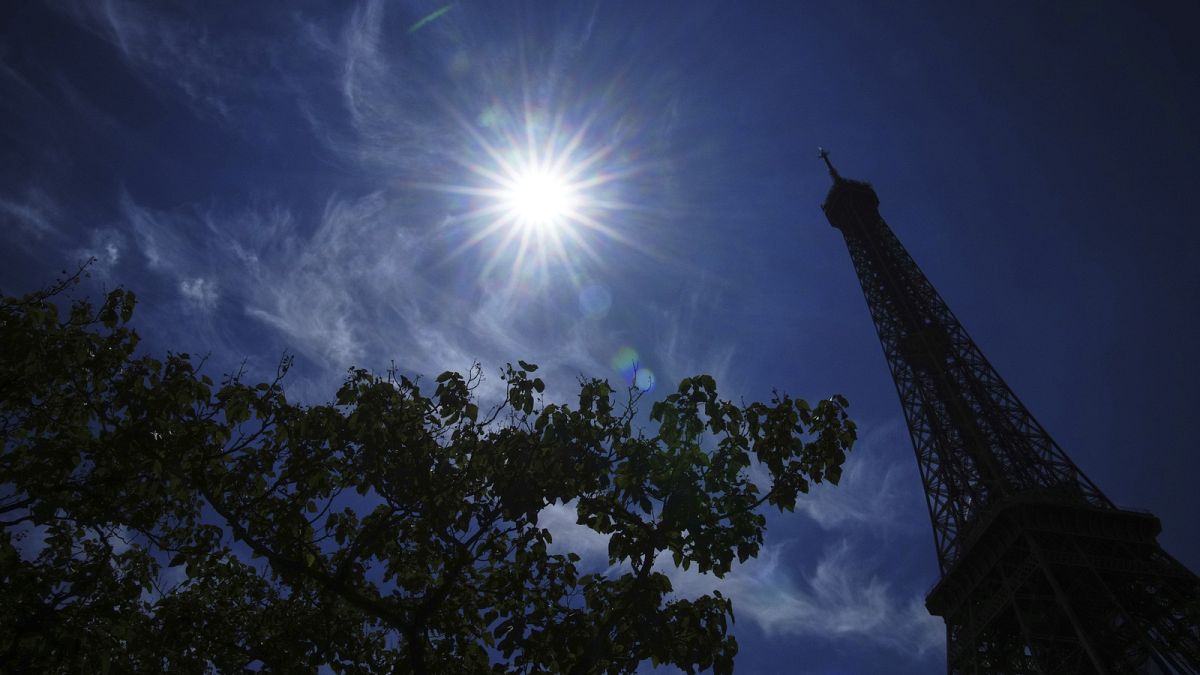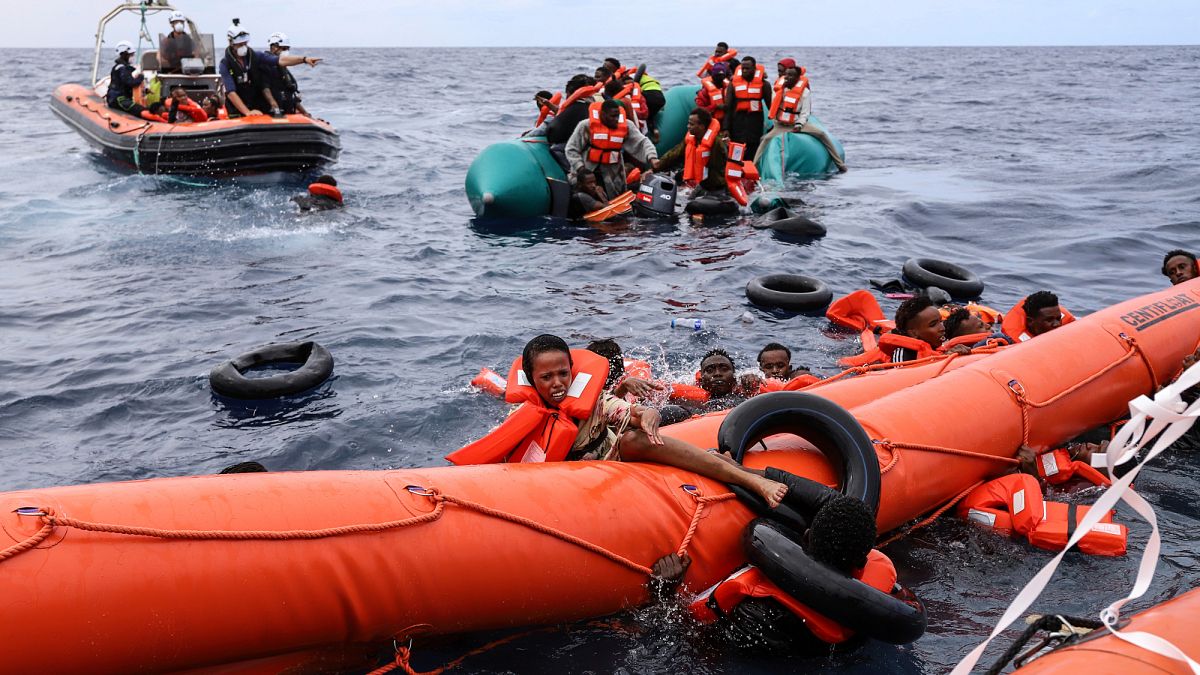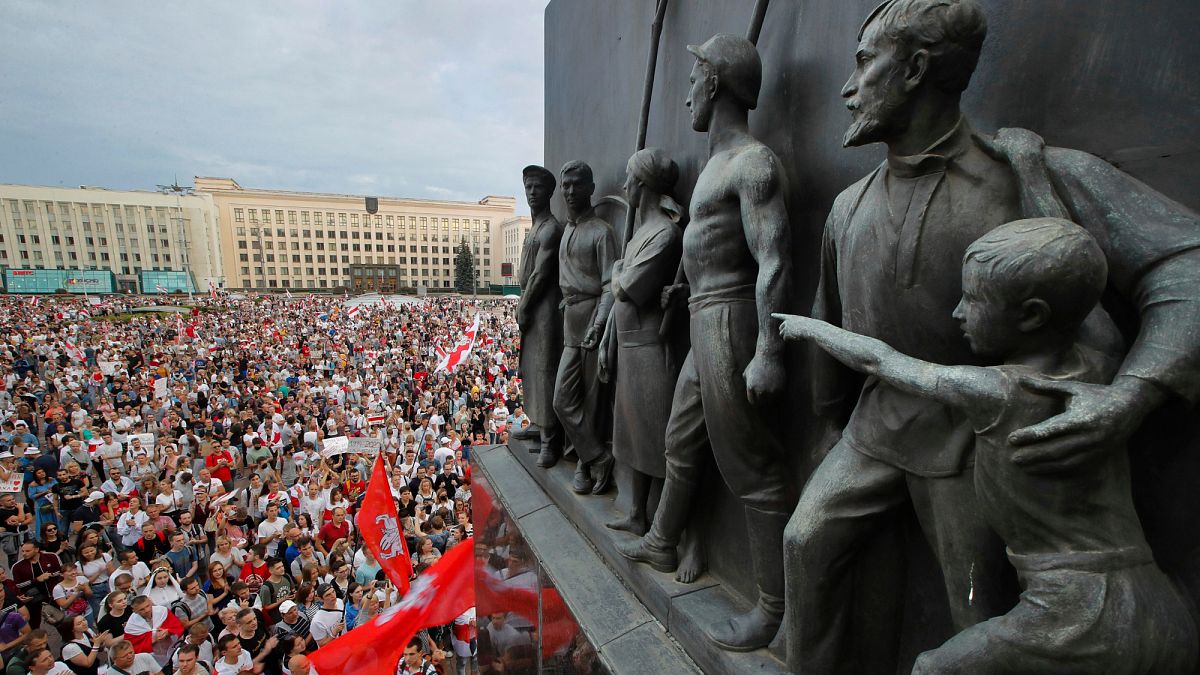After a renewed demand by Donald Trump for the EU to buy more US oil and gas, Energy commissioner Dan Jørgensen has signalled the bloc is ready to increase imports, but not if it means abandoning climate and environmental goals – and that is a big if.
Presumably referring to the trade in goods, Trump said on Monday as he rejected a ‘zero-to-zero’ tariff offer from Brussels that the US had a $350 deficit with the EU.
“One of the ways that can disappear easily and quickly is they’re gonna have to buy our energy from us, because they need it…We can knock off $350bn in one week,” Trump told reporters in Washington.
Then president-elect, Trump had already warned on his social media platform in December that it would be “TARIFFS all the way!!!” unless the European Union ramped up energy imports.
According to the US government’s Bureau of Economic Analysis, the deficit in 2024 was $235.6 billion – but even that seems to be an order of magnitude larger than the potential European market for American – or indeed any liquefied natural gas.
The total value of all of Europe’s energy imports last year – meaning pipeline gas, petroleum and coal in addition to LNG – came to €375.9 billion, according to the EU’s statistics office Eurostat. LNG made up only €41.4bn of this, of which America’s share was just under half, and overall import volumes were down 15% on the previous year.
Meanwhile, Europe is ramping up the deployment of renewable energy infrastructure, especially wind and solar, and demand for fossil fuels overall – especially if the EU sticks to its decarbonization agenda – is on a downward trajectory.
The uncomfortable fact that the Kremlin’s share of the EU’s market for LNG still stands at 17.5%, and the EU goal of ending all imports of Russian energy by 2027, means there may be some room to increase LNG imports from America in the short term.
Lessons learned
But EU officials have already poured several buckets of cold water on the idea of a more permanent ramping up of imports on the scale Trump seems to be implying. “We want to avoid over-dependence on any single supplier,” a Commission spokesperson said the day after Trump’s vague offer of a quid pro quo. “We’ve learned our lesson too well.”
Moreover, the EU official noted, the European Commission was not a market actor, and its room for manoeuvre was limited to measures such as reviewing permitting procedures for LNG infrastructure – of which the EU already has a surplus – or exploring ways to pool demand. As for Trump’s figure of $350 bn, it would be “very, very difficult to comment on one number that has been given from the US side”.
Energy Commissioner Jørgensen was equally lukewarm in an interview with the Financial Times on Thursday (10 April). There was “potential” for the EU to buy more LNG from the US, but it would need to be “on conditions that are also in line” with European environmental regulations, he said.
A piece of legislation of key relevance here is the Methane Regulation, which is set to impose the same monitoring, reporting and verification obligations on exporters to the EU as on domestic operators.
It would also block supply contract for fuels whose associated upstream carbon footprint is above a yet-to-be-defined threshold that would likely capture gas extracted by hydraulic fracturing, or fracking, as is the case for most US production.
Since Trump launched his global tariff war, EU officials have reiterated the European environmental and food safety standards were not up for debate.
But EU energy officials have been in an “ongoing dialogue” at the “technical level” with their US counterparts about the methane regulation, a spokesperson told Euronews. “Obviously there have been discussions on what the implications of the methane regulation will be, but this is not something that is taking place particularly now, in the current circumstances.”
At the same time, there remains the promised Russian energy exit plan, which was due by the end of March. Jorgensen acknowledged in his interview with the FT that the EU had spent more on Russian energy since 2022 than it had given the Ukraine in aid.
But the Commission’s latest provisional agenda suggests that the EU executive has no intention of presenting the plan before the summer, meaning the bloc will have a little over two years at best to implement it. “We are of course very much following what is happening as we are putting together our plan, so that…it will be fit for purpose,” the official said.






